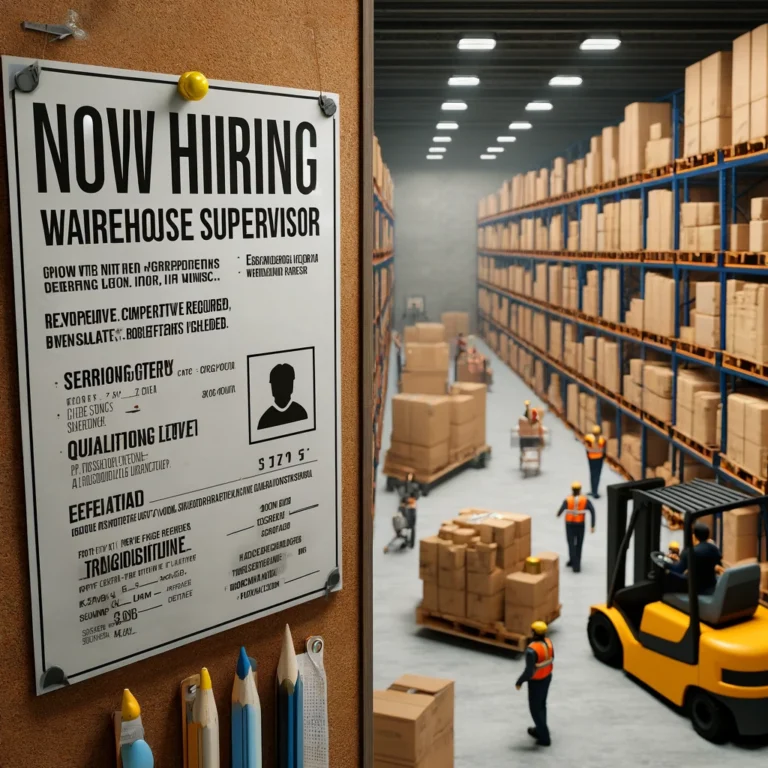Best Eye Wash Station: See Clearly, Stay Safe in 2025
The best eye wash station is a critical safety tool in any warehouse or industrial setting. Imagine a chemical splash hitting your eye at work — every second counts. Immediate flushing with clean water or saline solution can be the difference between a quick recovery and permanent vision damage.
According to the Bureau of Labor Statistics, more than 50,000 eye injuries occur annually in U.S. manufacturing alone. Having the right eyewash station ensures workers can flush contaminants immediately, reducing long-term harm.
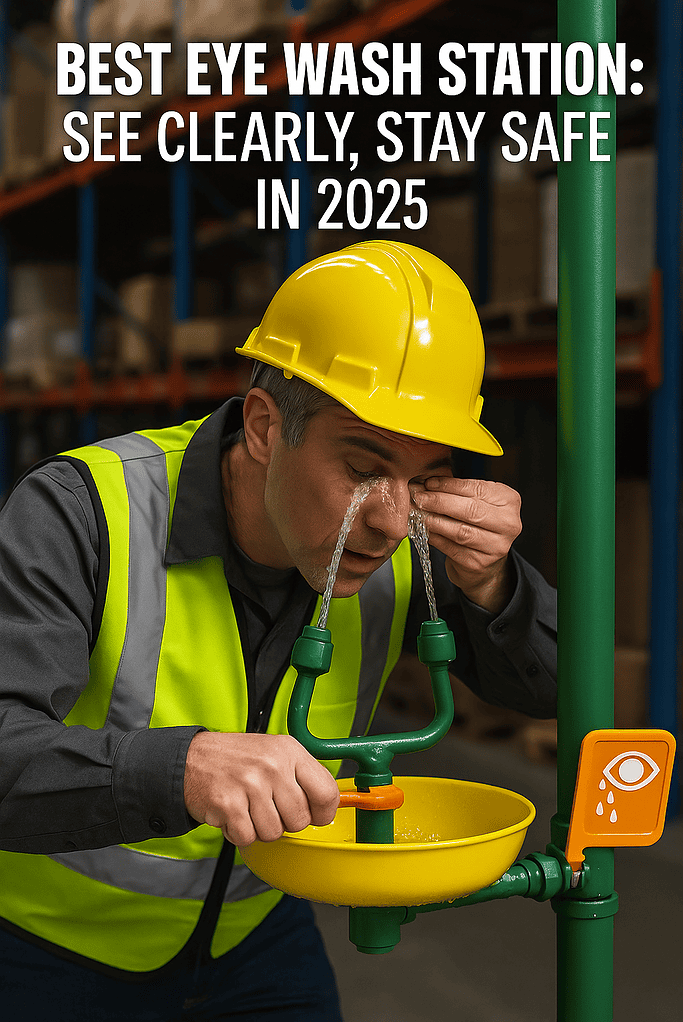
What Is the Best Eye Wash Station?
An eye wash station is an emergency fixture that delivers a continuous flow of water or sterile solution to flush contaminants from the eyes. OSHA and ANSI require eyewash stations to be located within 10 seconds of hazard zones.
The three main types of best eye wash stations are:
1. Plumbed Eyewash Stations
Example: Speakman SE-1000 Optimus Wall Mount System
✅ Pros
Continuous water flow for thorough flushing
Reliable pressure from building water lines
⚠️ Cons
Higher installation costs
Must be near a potable water source
2. Self-Contained Eyewash Stations
Example: Bradley S19-921H Gravity-Fed Portable Eyewash
✅ Pros
Portable and easy to place anywhere
Minimal installation required
⚠️ Cons
Requires frequent refilling
Limited flushing duration (based on tank size)
3. Combination Eyewash and Shower Stations
Example: Guardian GBF1909 Emergency Shower & Eyewash
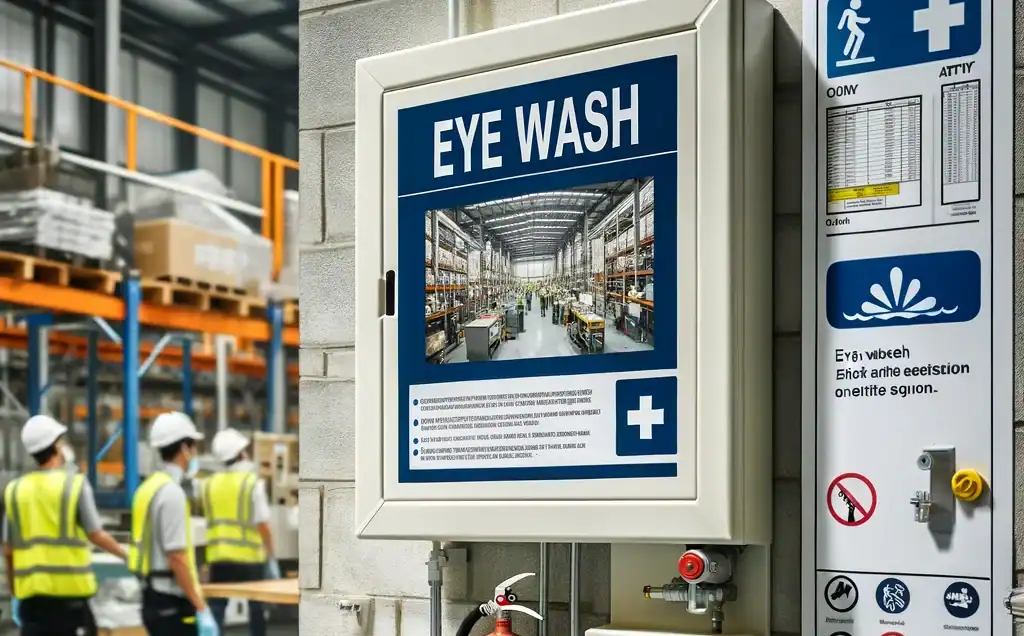
Choosing the Best Eye Wash Station for Your Workplace
Worksite Hazards: Chemicals, dust, or splash risks
Layout & Accessibility: Station should be within 10 seconds of hazards
Compliance: Meets ANSI Z358.1-2014 standards
Ease of Use: Hands-free activation under stress
Maintenance: Durability, refill needs, and cleaning
Solution Type: Saline solutions are gentler and more effective than tap water
Top Eyewash Station Options in 2025
Plumbed Stations → Best for permanent sites with high chemical risk
Self-Contained Stations → Best for flexible or temporary worksites
Combination Units → Best for labs or high-hazard facilities needing full-body coverage
 Conclusion – Best Eye Wash Station 2025
Conclusion – Best Eye Wash Station 2025
Protecting vision at work is non-negotiable. Choosing the best eye wash station means evaluating hazards, layout, and compliance. For heavy chemical exposure, plumbed units are the ideal solution. For mobile sites, self-contained units add flexibility. For maximum safety, combination eyewash and shower stations offer full-body coverage.

FAQs: Best Eye Wash Station
Q1: How close should an eyewash station be to hazards?
ANSI Z358.1 requires eyewash stations to be within 10 seconds or ~55 feet of any hazard zone.
Q2: How long should an eyewash station provide flushing?
ANSI standards require at least 15 minutes of continuous flow. Self-contained units may need frequent refills to meet this.
Q3: Are self-contained stations OSHA compliant?
Yes, if they meet ANSI Z358.1-2014 standards for flow rate and duration.
Q4: Can tap water be used in eyewash stations?
Yes, but sterile saline solution is safer and gentler on the eyes, especially for chemical exposures.
Q5: Do eyewash stations need regular testing?
Yes. ANSI requires weekly activation tests to ensure water flow, cleanliness, and accessibility.

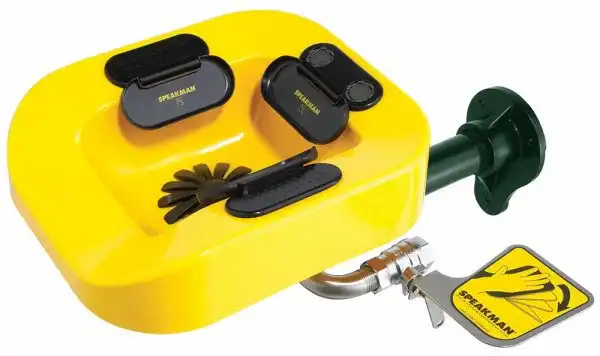
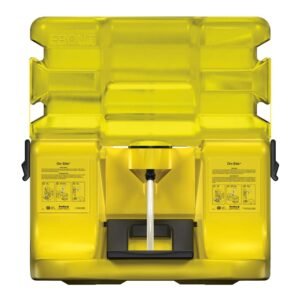
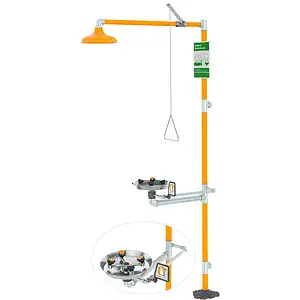
 Conclusion – Best Eye Wash Station 2025
Conclusion – Best Eye Wash Station 2025

